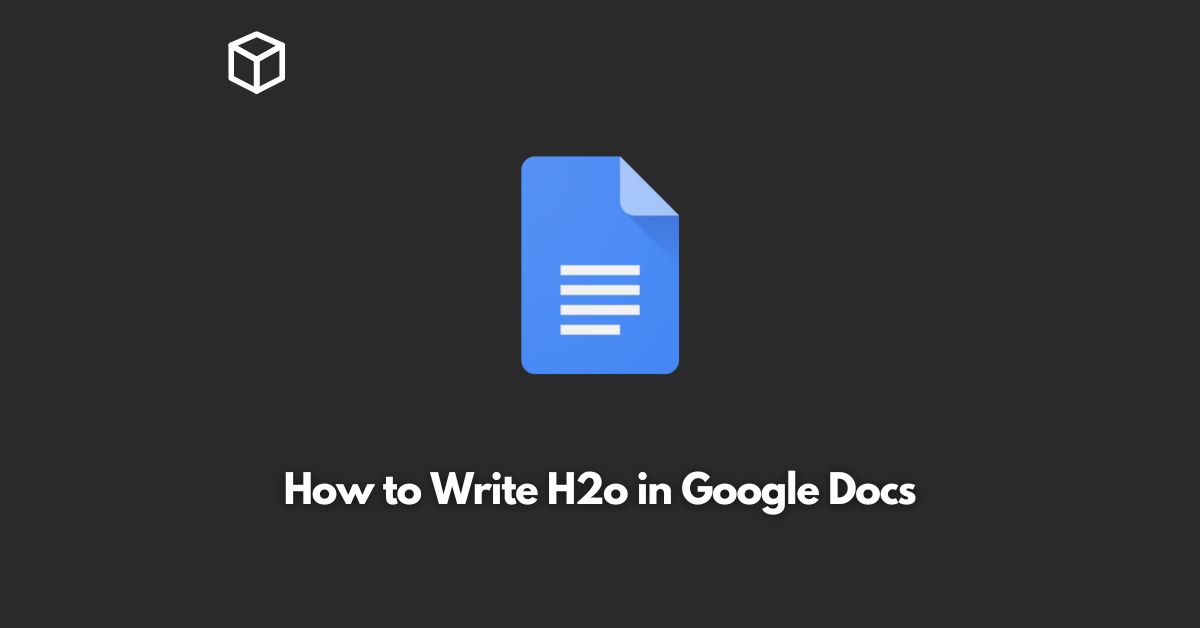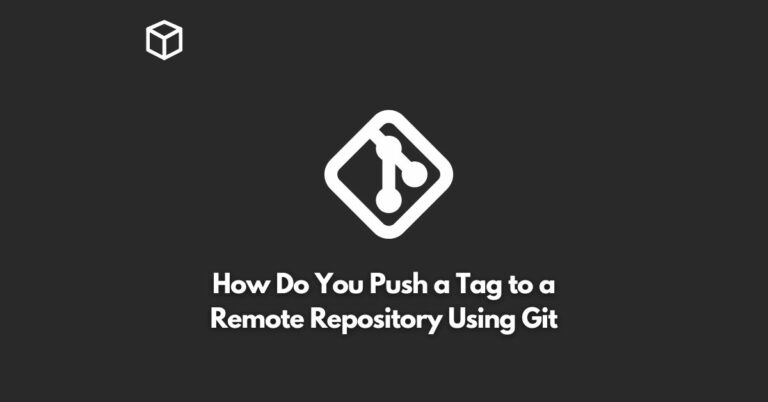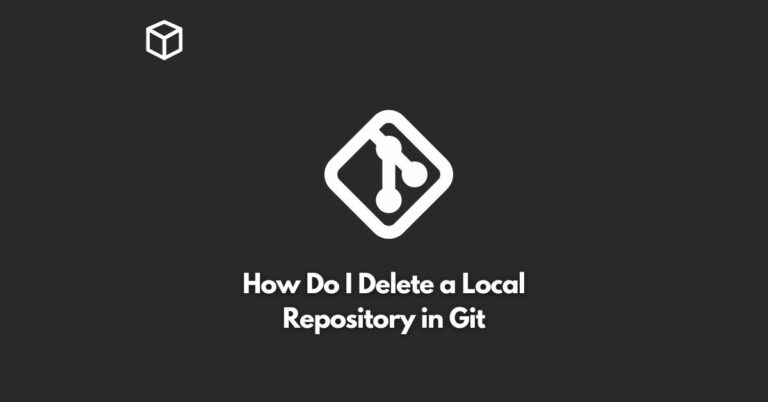H2o is an open-source software for data analysis, machine learning and predictive modeling.
In this article, we’ll be exploring how to write H2o in Google Docs and create an optimal and efficient environment for your data analysis and machine learning tasks.
Getting Started with H2o in Google Docs
Install Google Colab
The first step in writing H2o in Google Docs is to install Google Colab, which is a free online platform that supports running Jupyter notebooks in the cloud.
You can install it by visiting the Google Colab website.
Install H2o
Once you have installed Google Colab, you need to install H2o.
To do this, you can use the following command in the code cell of Google Colab:
!pip install h2o.
Import H2o
After installing H2o, you need to import it in your Google Colab notebook.
To do this, you can use the following code:
import h2o h2o.init()
Import Data
Now that H2o is installed and imported, you can start working with your data.
You can import data from a file in Google Drive or from a URL.
To import data from a file in Google Drive, you can use the following code:
from google.colab import drive drive.mount('/content/drive')
df = h2o.import_file("/content/drive/My Drive/data.csv")Explore Data
Once the data is imported, you can start exploring it.
You can use the head() method to view the first few rows of your data, and the describe() method to view the summary statistics of your data.
df.head() df.describe()
Build Model
Once you have explored your data, you can start building a model.
H2o provides various algorithms for building a model, such as Generalized Linear Model, Random Forest, and Gradient Boosting Machine.
To build a model, you can use the following code:
from h2o.estimators import H2OGradientBoostingEstimator model = H2OGradientBoostingEstimator(ntrees=50, max_depth=10) model.train(x=predictors, y=response, training_frame=df)
Make Predictions
Once the model is built, you can use it to make predictions.
To do this, you can use the following code:
predictions = model.predict(df)
Evaluate Model
Finally, you can evaluate your model to see how well it is performing.
To do this, you can use the following code:
model.model_performance(df)
Conclusion
Writing H2o in Google Docs is a simple and efficient way to perform data analysis and machine learning tasks.
By using Google Colab and H2o, you can create an optimal and efficient environment for your tasks and get the results you need quickly and easily.




